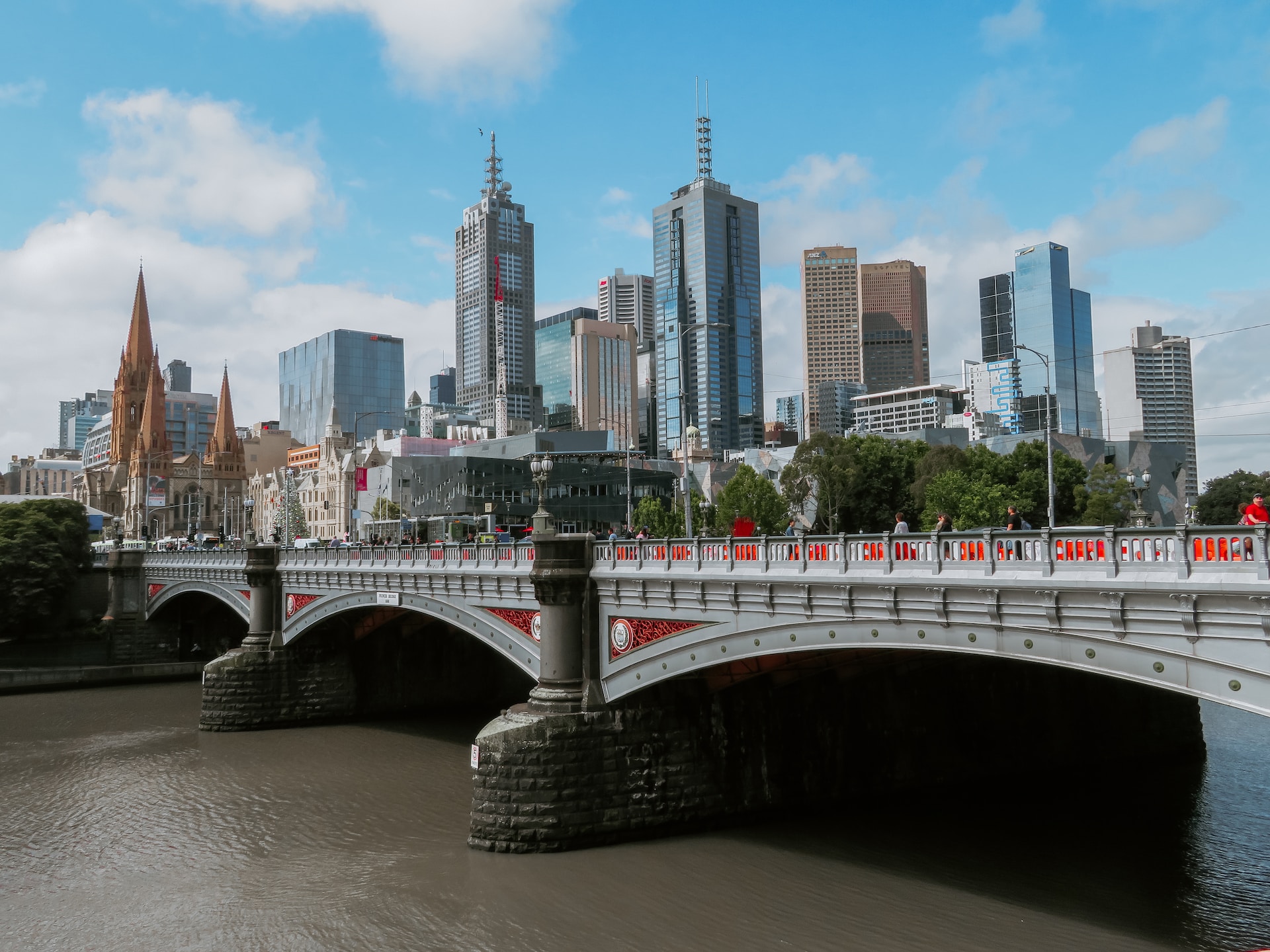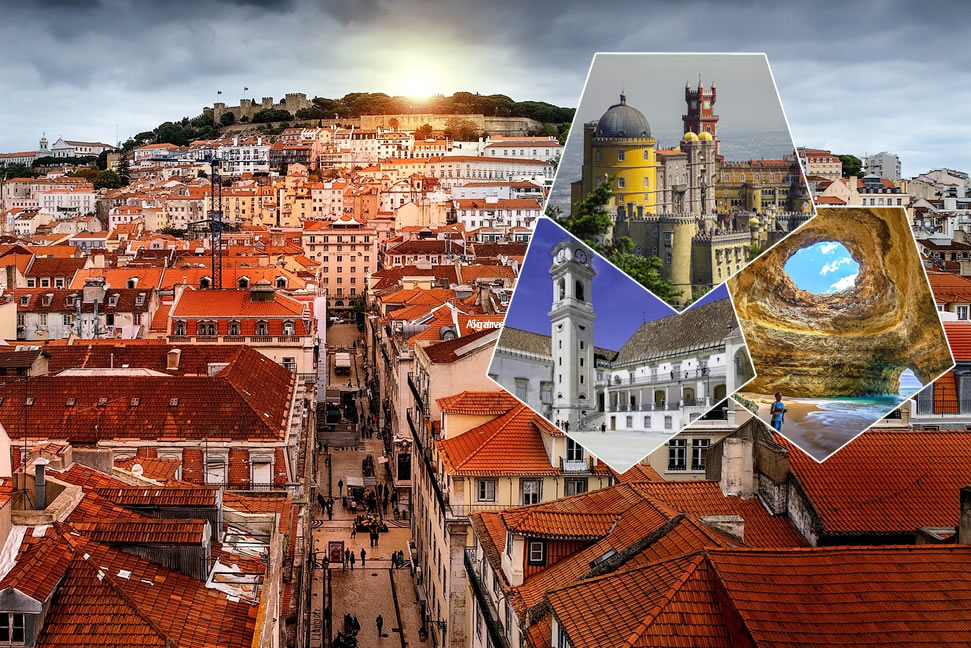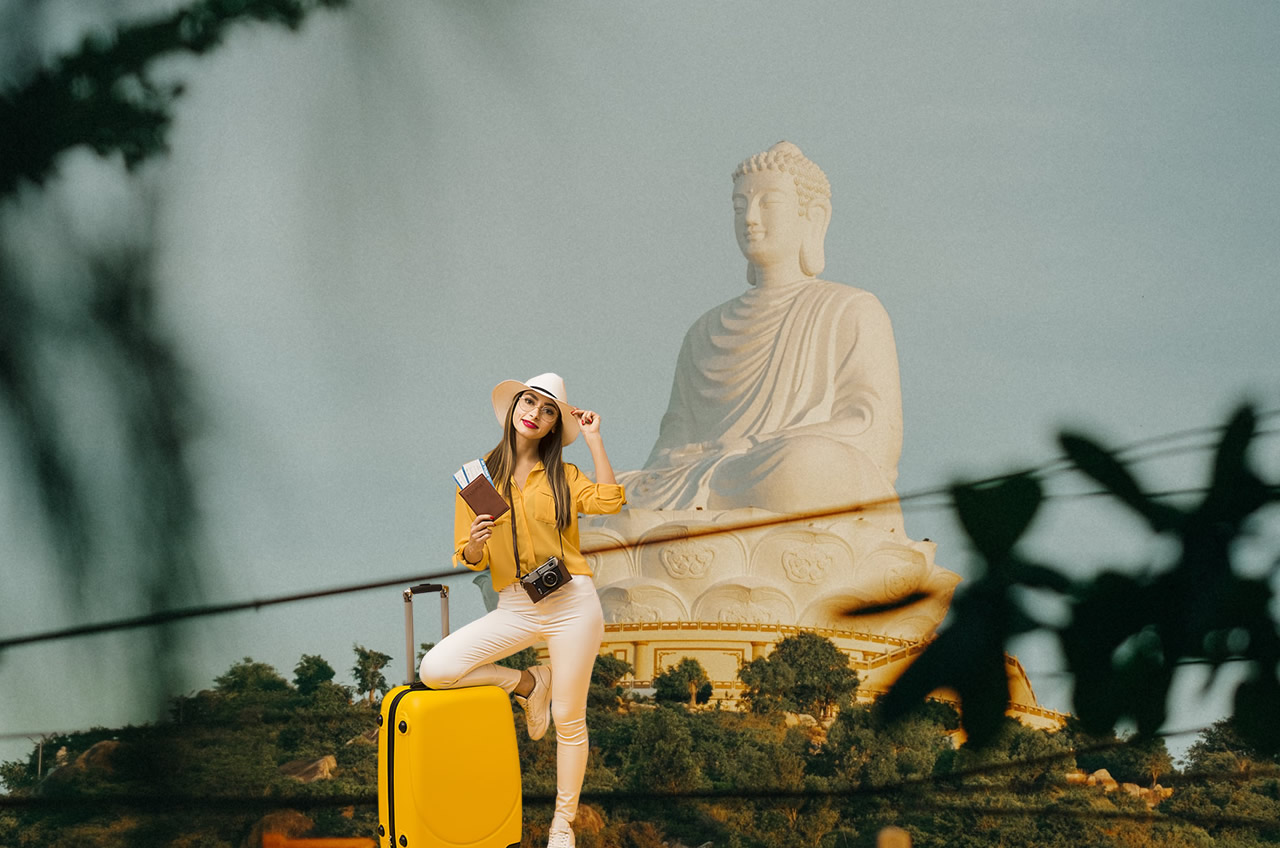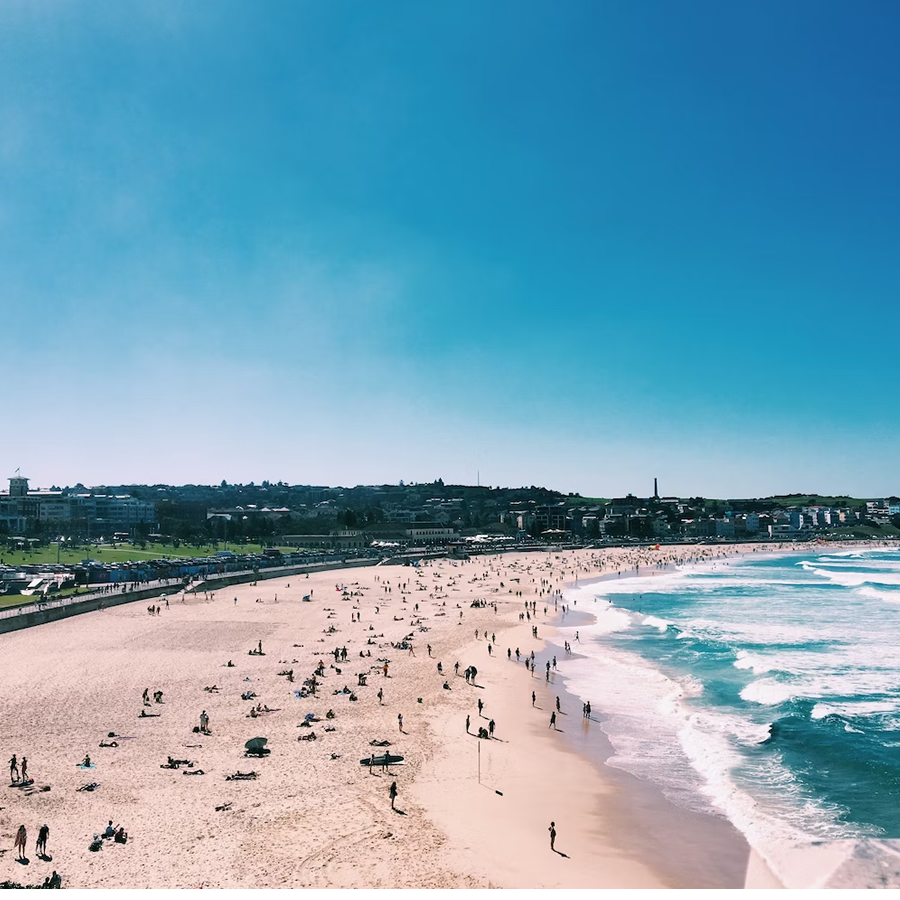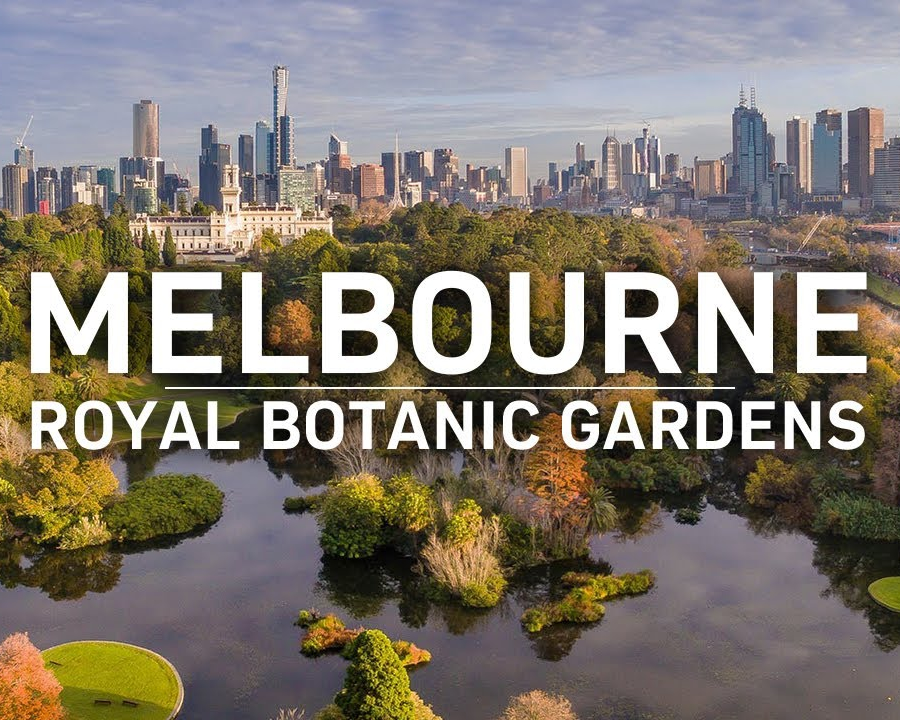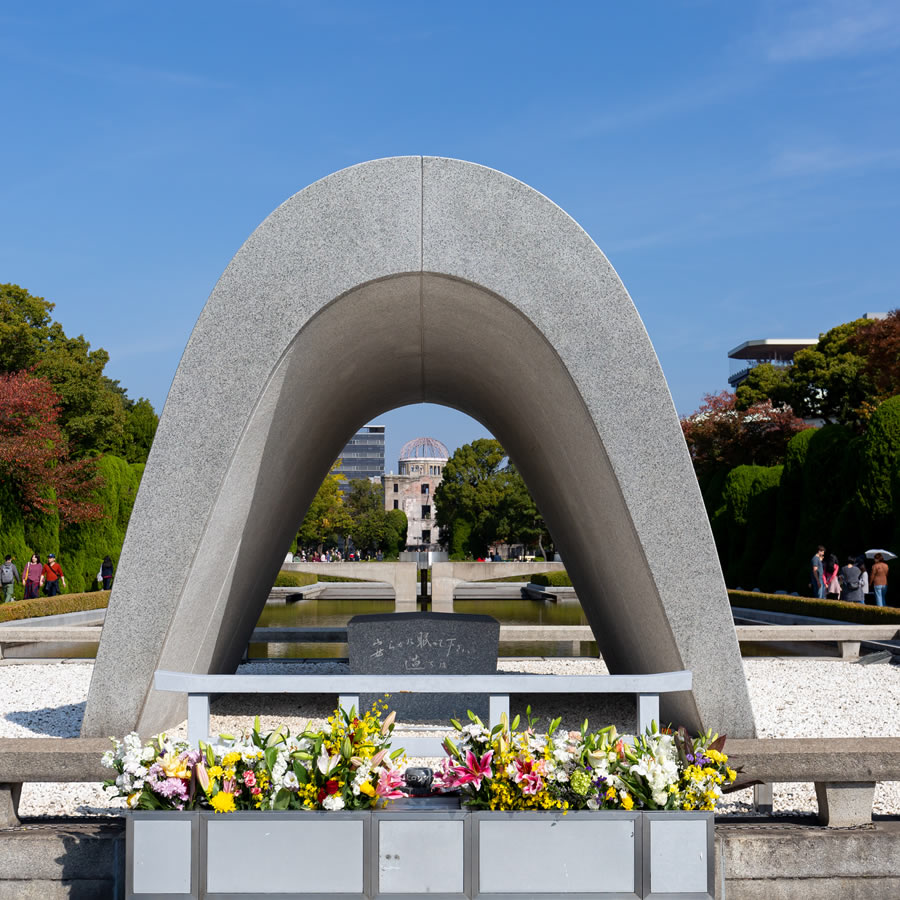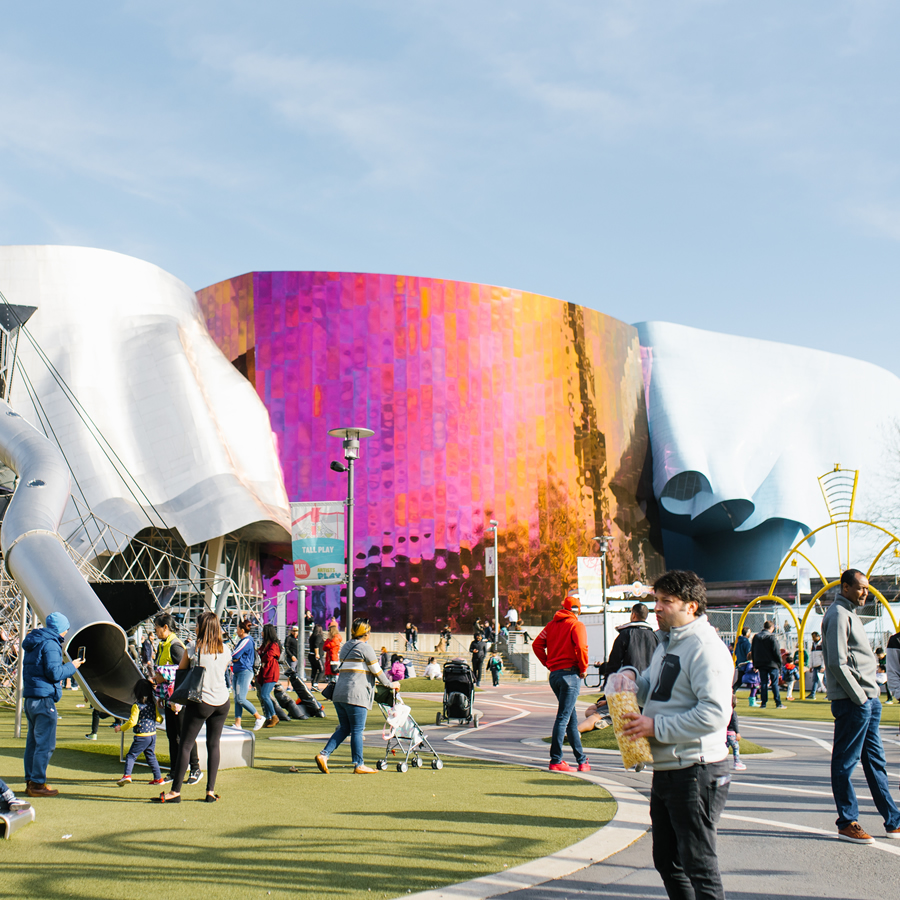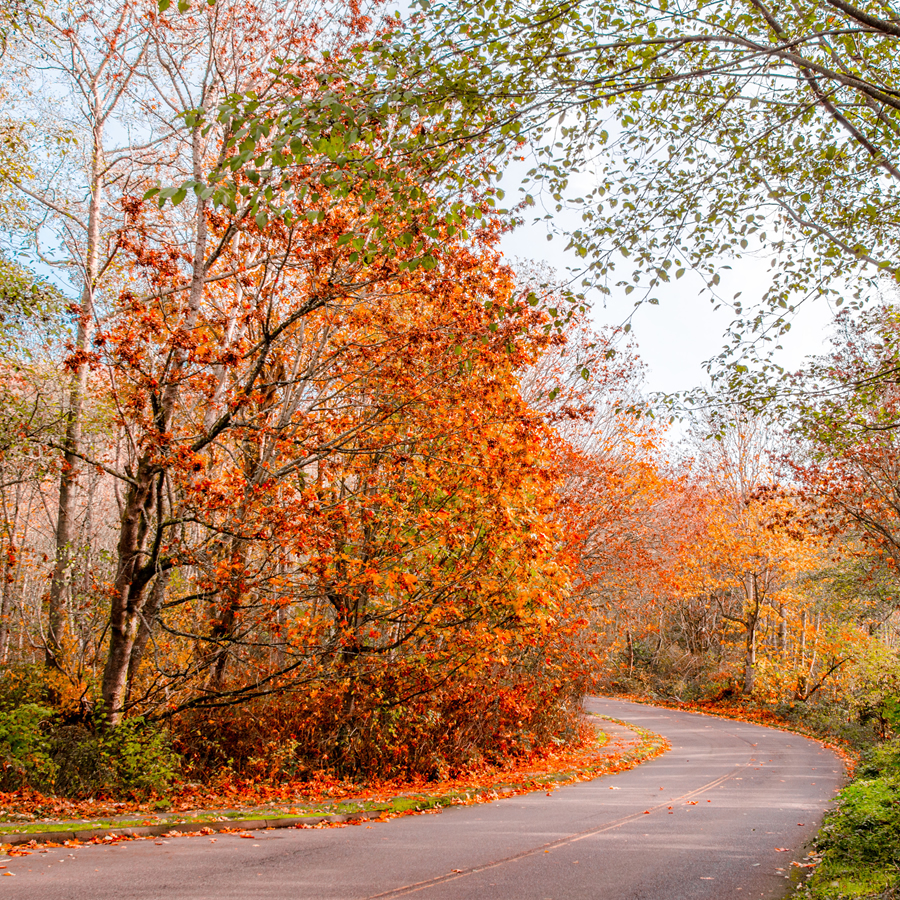Melbourne, the bustling cultural hub of Australia, is a city that effortlessly blends modernity with history, offering a diverse range of experiences to its visitors. From its iconic laneways filled with street art to its world-class cuisine and picturesque parks, Melbourne is a city that captivates the senses. In this article, we’ll delve into the enchanting world of Melbourne, highlighting its unique attractions and experiences that make it a must-visit destination.
Continue readingThings To Do In Portugal
The Top Places to see and Things to do in Portugal
Portugal is a country of rich history, diverse landscapes, and vibrant cultures. Here’s a list of top places to see and activities to do:
Top Places:
Lisbon: The capital city is known for its historic neighborhoods like Alfama and Bairro Alto, the Belem Tower, Jerónimos Monastery, and the LX Factory – a hub of shops, restaurants, and cultural activities.
Porto: This northern city, known for its port wine, offers the stunning Ribeira District, Livraria Lello (one of the most beautiful bookstores in the world), and the Dom Luís I Bridge.
Sintra: A UNESCO World Heritage site, it boasts the colorful Pena Palace, Moorish Castle, and Quinta da Regaleira.
Algarve: This southern region offers beautiful beaches and cliffs, especially in areas like Lagos, Faro, and Albufeira.
Coimbra: Home to one of Europe’s oldest universities, the University of Coimbra, and the beautiful Joanina Library.
Évora: Another UNESCO World Heritage site, known for its Roman temple, chapel of bones (Capela dos Ossos), and medieval walls.
Douro Valley: Famous for its terraced vineyards along the Douro River, it’s a must-visit for wine lovers.
Madeira and Azores: These Portuguese archipelagos offer stunning landscapes, from volcanic craters and lush forests in the Azores to the terraced gardens in Madeira.
Óbidos: A charming medieval town surrounded by walls and known for its picturesque streets and the Óbidos Castle.
Cascais and Estoril: Coastal towns close to Lisbon, known for their beaches, the Boca do Inferno cliffs, and the casino in Estoril.
Things to Do:
Wine tasting in Porto: Sample world-renowned Port wines.
Tram 28 ride in Lisbon: A historic tram ride that offers a tour of the city’s most famous sights.
Attend Fado show: Experience the soul of Portuguese music in an intimate setting, especially in Lisbon or Coimbra.
Surfing in Nazaré or Peniche: These are among Europe’s top surfing destinations, with Nazaré known for its record-breaking big waves.
Visit the Caves of Benagil: Accessible only by water, it’s a stunning sea cave in the Algarve.
Hiking in the Azores: Particularly on Sao Miguel Island, which offers diverse landscapes, including the Sete Cidades twin lakes.
Eat Pastéis de Nata: No visit is complete without trying these iconic Portuguese custard tarts.
Nightlife in Bairro Alto, Lisbon: This neighborhood comes alive at night with a plethora of bars and street parties.
Hot springs in the Azores: Particularly in Furnas on Sao Miguel Island.
Visit a “quinta” in the Douro Valley: Experience wine production and enjoy a tasting session.
This list merely scratches the surface of what Portugal offers. Depending on interests, visitors might also delve into historical tours, culinary adventures, nature excursions, and many more enriching experiences.
Cheapest Places to Travel
Cheapest Places toTravel in the World
Traveling on a budget doesn’t mean sacrificing exciting experiences. Several destinations around the world offer affordable travel options without compromising on fun and adventure. Here are some of the cheapest places to travel in the world:
Vietnam: From the bustling streets of Hanoi to the serene landscapes of Ha Long Bay, Vietnam offers a rich cultural experience at a fraction of the cost compared to many other Asian destinations.
Cambodia: Home to the magnificent Angkor Wat temple complex, Cambodia boasts affordable accommodations, delicious street food, and a welcoming atmosphere.
Bolivia: This South American gem offers stunning landscapes, including the otherworldly Salar de Uyuni salt flats. Prices for food, transportation, and accommodations are relatively low.
Indonesia: With its beautiful beaches, lush jungles, and vibrant culture, Indonesia is a budget traveler’s paradise. Bali, Lombok, and the Gili Islands are popular destinations.
India: India is known for its diverse culture, historical sites, and delicious cuisine. Traveling within the country is affordable, making it an ideal destination for budget-conscious travelers.
Nepal: A haven for trekkers and adventure seekers, Nepal offers breathtaking mountain views and a range of affordable activities.
Bulgaria: Eastern Europe provides an opportunity to explore charming cities like Sofia and Plovdiv without breaking the bank. Bulgaria offers affordable food, accommodations, and sightseeing options.
Thailand: While some areas in Thailand can be expensive, overall, it is a budget-friendly destination with affordable street food, accommodations, and transportation.
Morocco: Morocco offers a fascinating blend of cultures and landscapes, with affordable markets, accommodation options, and local experiences.
Nicaragua: This Central American destination offers beautiful beaches, colonial cities, and diverse nature at relatively low prices.
Portugal: Portugal provides an affordable European experience with stunning coastlines, historic cities, and delicious cuisine.
Egypt: Discover ancient history and explore iconic landmarks like the Pyramids of Giza at affordable prices in Egypt.
Remember that even in affordable destinations, your travel budget will depend on factors like your travel style, activities, and accommodation choices. By researching and planning ahead, you can enjoy incredible adventures and cultural experiences while staying within your budget. Additionally, consider traveling during the off-peak season or taking advantage of deals and discounts to stretch your travel funds even further.
Bondi Beach
The Museum of Pop Culture (formerly EMP, the “Experience Music Project”) is an inspired marriage between super-modern architecture and legendary rock-and-roll history that sprang from the imagination (and pocket) of Microsoft co-creator Paul Allen (1953–2018). Inside its avant-garde frame, you can tune into the famous sounds of Seattle (with an obvious bias toward Jimi Hendrix and grunge) or attempt to imitate the masters in the Interactive Sound Lab.
There’s a science fiction and fantasy exhibit on-site, as well as various temporary exhibits.
Continue readingRoyal Botanic Gardens
Considered one of the finest examples of Victorian-era landscaping in the world, Melbourne’s Royal Botanic Gardens draw over two million visitors a year. Here you’ll find plants from around the globe as well as a strong show of unique Australian flora.
Mini ecosystems, a herb garden and an indigenous rainforest are all set amid vast, picnic-friendly lawns and black-swan-spotted ponds. From the air, these stunning, 38-hectare gardens suggest a set of giant green lungs in the heart of the city.
Continue readingPeace Park
Peace Park
The green, spacious park is presided over by the 10-tonne bronze Nagasaki Peace Statue, designed in 1955 by Kitamura Seibō. It also includes the dove-shaped Fountain of Peace (1969) and the Peace Symbol Zone, a sculpture garden with contributions on the theme of peace from around the world.
Practically adjoining the park to the south is the smaller Atomic Bomb Hypocentre Park, with a monument marking the epicentre of the deadly blast.
On 9 August a rowdy antinuclear protest is held within earshot of the more formal official memorial ceremony for those lost to the bomb.
Article source
Wat Arun
Wat Arun
History
There has been a temple on the site of Wat Arun from at least the late 16th century. Historians believe Wat Makok, as it was originally known, was founded on the bank of Khlong Lat, but it wasn’t until 1767, when King Taksin came across the temple, that it took on any real historical significance.
King Taksin, who came across the site at sunrise whilst fleeing Burmese invaders, made the site his palace temple and renamed it Wat Chaeng. The temple was then chosen to house the Emerald Buddha, a scared palladium of Thailand, when it was brought across from Vientiane, the capital city of what is now Laos. It now resides across the river in Wat Phra Kaew.
When Bangkok became the Thailand’s new capital city, the temple was renamed again by Rama II, this time as Wat Arun. Rama II also began enlarging the central þrahng, which was then completed in 1842 under the reign of Rama III. Apart from some restoration work on the þrahng, which was completed in 2017, little else has changed at Wat Arun.
Tickets and other practicalities
What to see The Spire
The Ordination Hall
The Grounds
Dress code
Wat Arun at sunset
For our money, it’s best to visit Wat Arun in the late afternoon, when the sun shines from the west, lighting up the spire and river behind it.
For sunset photos, however, some of the best views can be caught from across the river at the warehouses that line Th Maha Rat – although be forewarned that locals may ask for a 20B “fee”.
The magic hour for snaps is when the temple lights are switched on at night (usually around 7pm), even as the sky retains some of the afterglow.
Nearby restaurants and bars
If you’re visiting the temple during the day, consider a lunch break at Tonkin Annam, an excellent Vietnamese restaurant just across the river.
The Rooftop or Amorosa, rooftop bars located directly across from the temple, boast some wonderful views of Wat Aurn, which are great at sunset.
Nearby hotels
Strategically located on the river directly across from Wat Arun, Arun Residence is a multilevel wooden house with much more than just great views. The seven rooms here manage to feel both homey and stylish (the best are the top-floor, balcony-equipped suites). There are also inviting communal areas, including a library, rooftop bar and restaurant.
Else head to sleek, modernist Sala Ratanakosin. Its rooms have open-plan bathrooms and big windows looking out on the river and Wat Arun. They can’t be described as vast, but will satisfy the fashion-conscious.
Museum of Pop Culture
The Museum of Pop Culture (formerly EMP, the “Experience Music Project”) is an inspired marriage between super-modern architecture and legendary rock-and-roll history that sprang from the imagination (and pocket) of Microsoft co-creator Paul Allen (1953–2018). Inside its avant-garde frame, you can tune into the famous sounds of Seattle (with an obvious bias toward Jimi Hendrix and grunge) or attempt to imitate the masters in the Interactive Sound Lab.
There’s a science fiction and fantasy exhibit on-site, as well as various temporary exhibits.
Continue readingDiscovery Park
Discovery Park
Hard to beat on a sunny spring day, this former military installation has been transformed into a wild coastal park, laced with walking trails and offering glimpses of the Olympic Mountains across the water. It’s the largest green space in the Seattle, with 534 acres of forest, meadows, sand dunes and beaches, providing a welcome escape for locals and a vital corridor for wildlife.
Continue readingMuseumsinsel
Walk through ancient Babylon, meet an Egyptian queen, clamber up a Greek altar or be mesmerized by Monet’s ethereal landscapes. Welcome to Museumsinsel (Museum Island), a one-of-a-kind collection of five grand museums capturing diverse cultures and historical periods through rare artifacts.
Museumsinsel
The history of Museumsinsel
Each of Museumsinsel’s five buildings were designed by different architects, who were commissioned by a succession of Prussian kings between 1830 and 1930.
The Altes Museum (originally known as the Königliches Museum) was the first cultural facility to open on Museumsinsel in 1830. It is considered the most mature work by Prussia’s most important architect, Karl Friedrich Schinkel. Dedicated to Enlightenment ideals of furthering art and science, the museum made significant historical collections and artworks – including Old Masters paintings, prints and drawings – publicly accessible for the very first time.
The Neues Museum (New Museum) was conceived as an extension for the overflowing Königliches Museum, which was struggling to display its growing number of artifacts. It was designed in neoclassical and Renaissance Revival styles and opened in 1855. As a consequence, the existing Königliches Museum was eventually renamed to the Altes Museum (Old Museum).
By 1876, the Alte-National Galerie, which takes the form of a traditional Greek temple, opened its doors to display paintings and sculptures donated by a prominent banker. This was followed by the opening of the neo-baroque Kaiser Friedrich Museum, today’s Bode-Museum, in 1904, and the Pergamonmuseum in 1930. Exactly 100 years after construction began on the original museum, Museumsinsel was finally complete.
World War II, however, brought a turbulent period to the Museumsinsel. Bombings destroyed entire sections of buildings and bullet holes pockmarked facades. The worst hit was the Neues Museum, which, as a consequence, was disused until the 2000s.
In the 1950s and 1960s, the Altes Museum and Alte-Nationalgalerie were renovated and reopened, along with the Pergamonmuseum in 1959 (although a thorough restoration only began in 2013 and remains ongoing). However, in a divided city, the museum complex fell on the East Berlin side of the wall, making the facilities difficult to access for those in West Berlin during the years following the war.
In the direct aftermath of the fighting, items from the museums were also taken as war trophies, notably by USSR forces. Most items have since been returned, but some still remain outside Germany. The Trojan Gold (a collection of gold from ancient Troy), for example, remains on display to this day at the Pushkin Museum of Fine Arts in Moscow.
After the reunification of Germany in 1990, it was decided that the complex should be restored and renovated for contemporary times. In 1999, the government developed what was termed the “master plan” – a decade-long, billion-euro project to transform Museumsinsel into the modern spectacle that greets visitors today. That same year, Museumsinsel was declared a Unesco World Heritage Site.
Besides overall restoration work, the master plan included the reopening of the Neues Museum (which had remained closed since the war) in 2009, with a brand-new visitor center and art gallery – both designs were spearheaded by British “starchitect” David Chipperfield. More recently, the Humboldt Forum, encompassing the Ethnological Museum of Berlin and the Museum of Asian Art, opened in late 2020 in the Berlin Palace opposite the Lustgarten park.
Like many large historical museums in major European cities, the facilities on Museumsinsel face a growing backlash over displaying ancient artifacts taken from other countries following historical wars, expeditions and invasions. To aid in addressing this issue, a handful of items, including the 3000-year-old Sphinx of Hattusa from Turkey (formerly on display in the Pergamonmuseum), have been returned to their country of origin. In addition, in 2021 a new government initiative, MuseumsLab, was launched, with an aim of decolonizing Germany’s museums and “fostering international cooperation”.
Plan your visit
Museumsinsel is one of Berlin’s busiest areas. The grounds, indoors and outdoors, are always bustling with school children, buskers and tour groups. As such, use common sense and be aware of potential pickpockets.
The most budget-friendly way to visit the different museums is by getting the WelcomeCard for Museum Island. For one price, it grants access to the island’s five museums as well as free public transport in central Berlin over three consecutive days. Alternatively, the Museum Pass Berlin offers entry into Musueminsel and some 30 other museums such as the Deutsches Historisches Museum (German Historical Museum) and Jüdisches Museum (Jewish Museum).
Getting there
Museumsinsel is easily accessible by public transport. The U5 line stops right outside at Unter den Linden station. Museumsinsel is also a short walking distance from the S-Bahn stations Friedrichstraße and Hackescher Markt. Trams M1 and 12 will take you to nearby Kupfergraben, while buses 100 and 200 stop at the Lustgarten on Unter den Linden.

